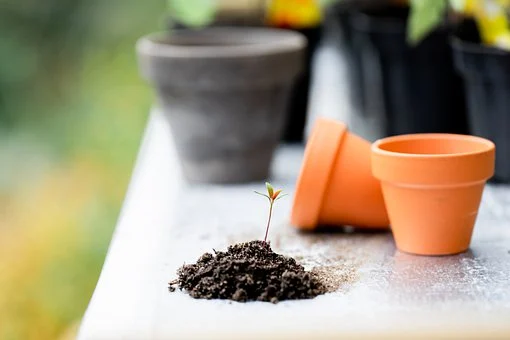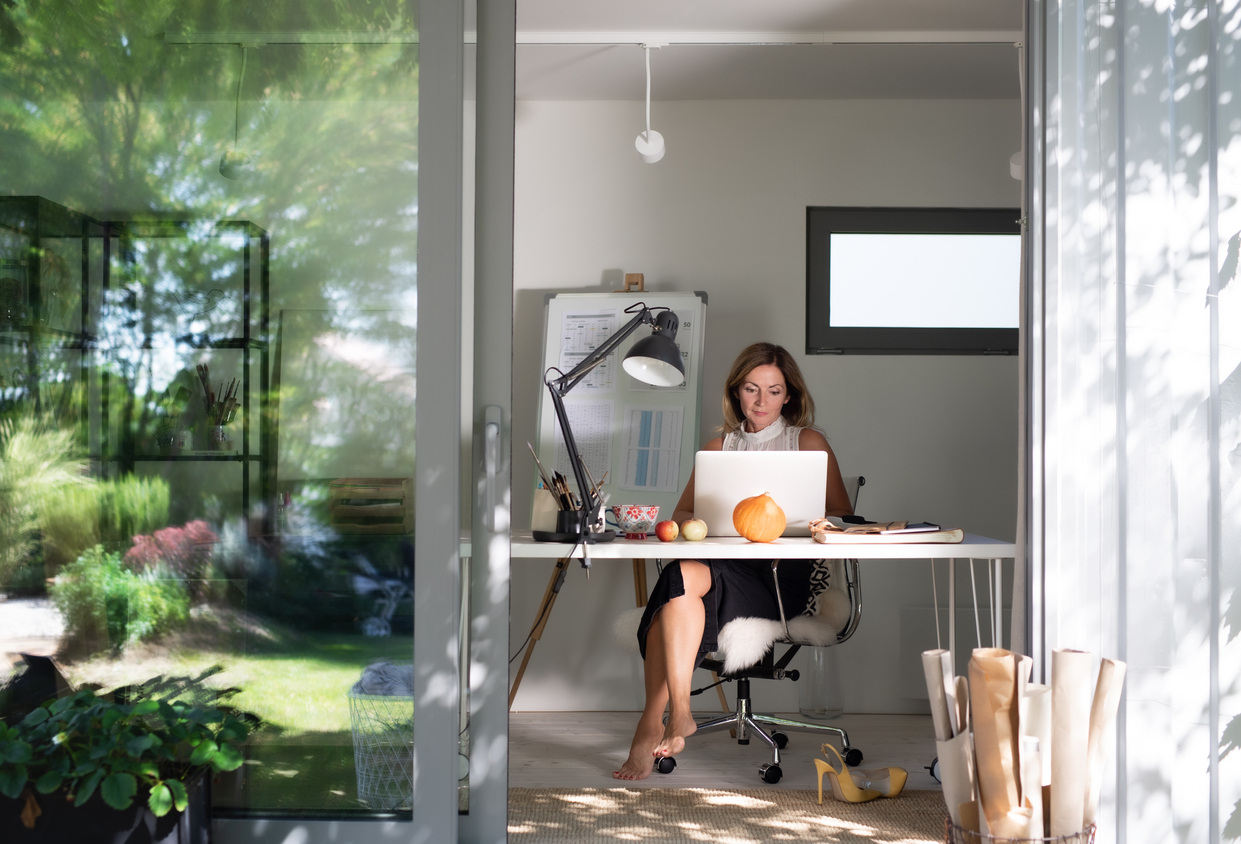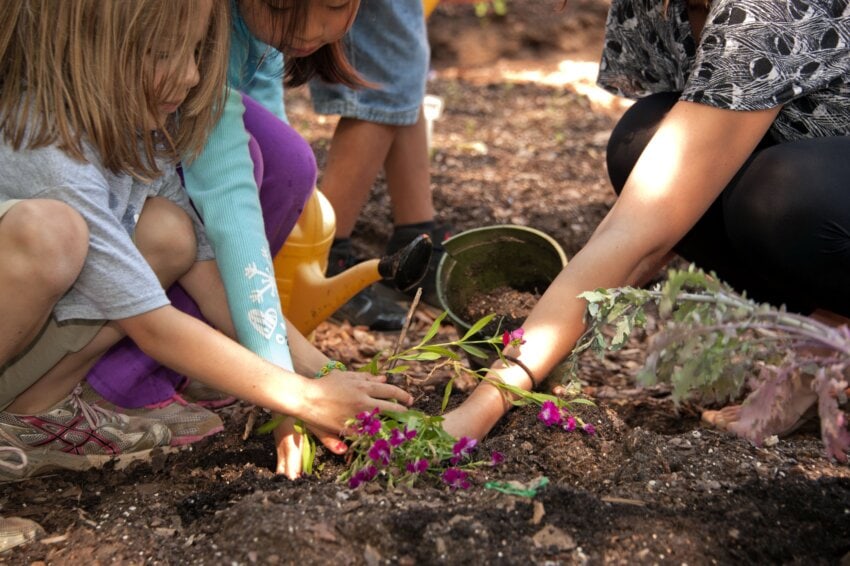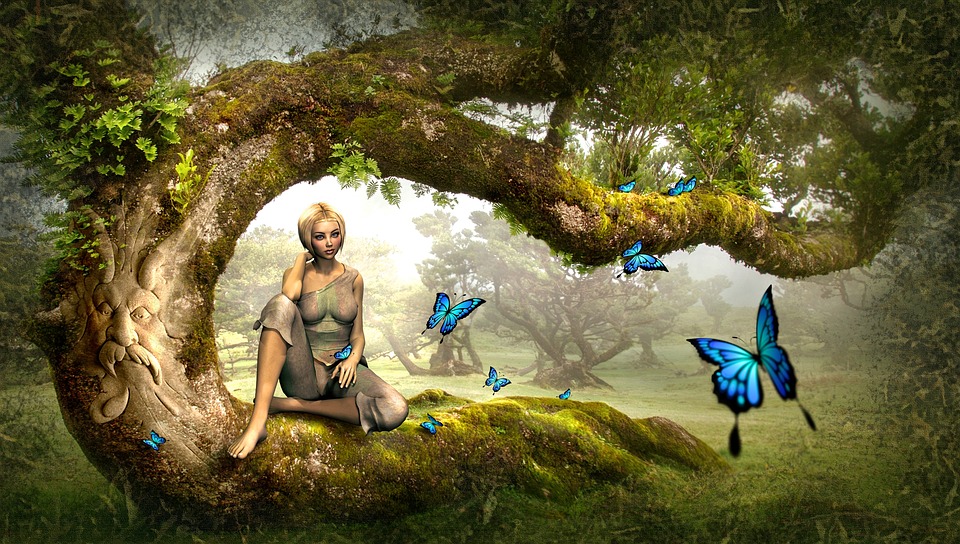There aren’t many sorts of decor that are as simple to put together like this. Containers packed with vivid blooming and foliage plants are a bright complement to any outdoor setting. Everyone may benefit from learning a new technique or two, whether novice or seasoned gardener.
Here are a few tips to help you avoid the container gardening mistakes
A Heavy Container Must Be Moved
Have you ever had to lift and move a huge garden container containing potting soil and plants? It might be very heavy, especially if it has been moistened. Place your pot in its ultimate location before filling it, and you’ll prevent a backache later!
Plant caddies on wheels can be really useful if you need to transfer a large pot into partial shade during the warmest portion of a hot afternoon.
Buying Plants That Don’t Meet the Same Criteria
Choose plants that complement each other. All plants in a container garden must have the same sunshine, soil, moisture, and fertilizer requirements to grow. Before buying plants, do your homework and be sure to read the signage at the garden center, plant labels, and seed packs for detailed recommendations on plant requirements.
Your Plants Aren’t Getting Enough Food
Most potting mixes are deficient in the nutrients that plants require to thrive. The plant’s root system quickly absorbs nutrients, which are then leached out of the container with each watering. You must offer supplementary food and organic matter to maintain container plants well-fed.
There are several fertilizer products on the market; make sure you select appropriately for the plants you are feeding. Flowering plants, for example, have different requirements than shrubs, vegetables, and herbs (for example, more phosphorus for blooming).
Fertilize container gardens regularly to keep them healthy. Mix a slow-release fertilizer into the potting soil to start. Use a diluted liquid fertilizer during the growing season, such as fish emulsion, every two weeks. Because organic or natural fertilizers disintegrate fast and do not collect chemicals or salts in the container, they are beneficial to the soil.
Plants That Have Been Overwatered
To avoid overwatering your container gardens, the container must have drainage holes in the bottom that allow excess water to drain–large containers may require many drainage holes. Understand your plants’ moisture requirements so you can provide them with the proper quantity of water. Some plants want to be kept moist all of the time, while others prefer to dry out between waterings. Remember that dirt in a container dries up faster than soil in a garden bed.
Before watering a container, make sure the soil is dry by poking your finger into it up to your second knuckle. The container should be watered if the soil at your fingertip feels dry.
Plants may turn yellow, leaves may drop, and your plants may seem wilted and limp if you overwater a container. Drowned plants may need to be removed and replaced with new ones if this is the case.
If the soil in the container is excessively damp, but the plants appear healthy, transfer it to a dry, breezy location until the soil dries out. You may take the container garden inside a garage or a covered area to dry off if you have the space, especially if the weather is damp.
Plants That Aren’t Getting Enough Water
Most container gardens need to be watered at least once a day in the summer. It’s ideal to do this first thing in the morning so that the plants keep hydrated throughout the day and the foliage has time to dry before dark.
Because they contain less soil to store moisture, many containers, particularly hanging baskets, window boxes, and tiny pots under ten inches in diameter may require more regular watering.
Water extensively to moisten the soil; shallow watering causes more harm than benefit since water cannot reach the root systems. Pour water through the drainage holes until you see it drain.
Water crystals are not cheap. Many gardeners supplement their potting soil with synthetic water crystals. When the soil dries out, the crystals collect water and gently release it. Many studies have found water crystals to be ineffective in retaining moisture; hence, they are not recommended for use in containers.
Don’t despair if your plants have entirely dried up; even the most pitiful plant may be revived with nice water. To allow water to reach plant roots in a big container, carefully puncture holes deep into the dirt with a skewer or stick. Then, generously water. Submerge the container in a pail of water or a water-filled sink until the air bubbles decrease if the container is small enough. Let us know in the comments how do you choose your container…



